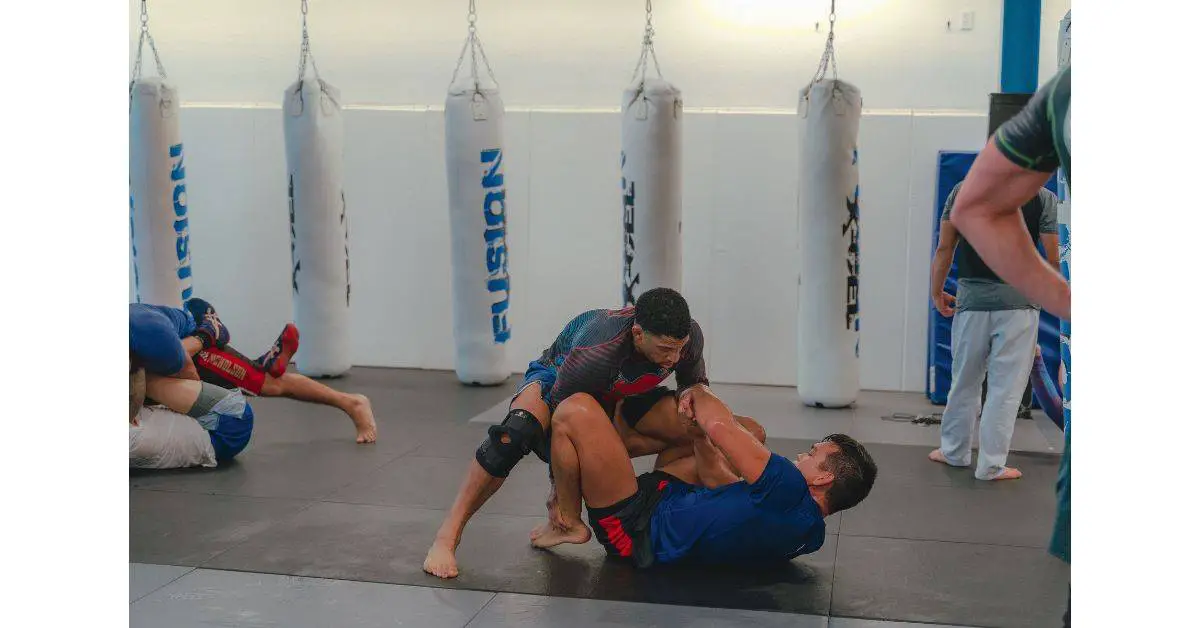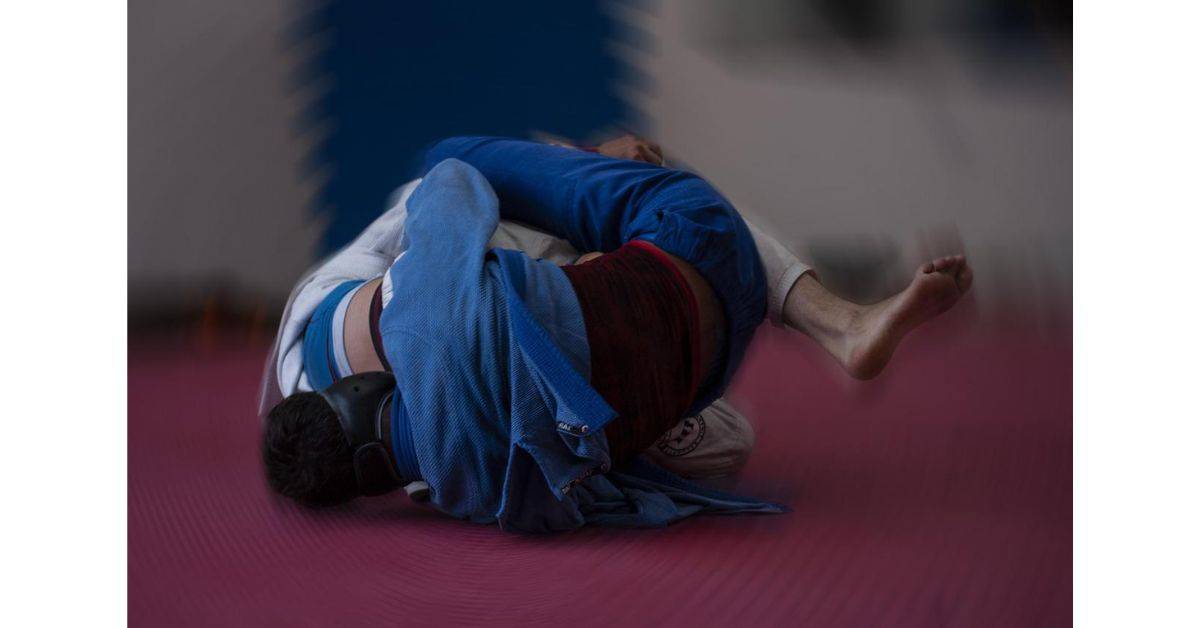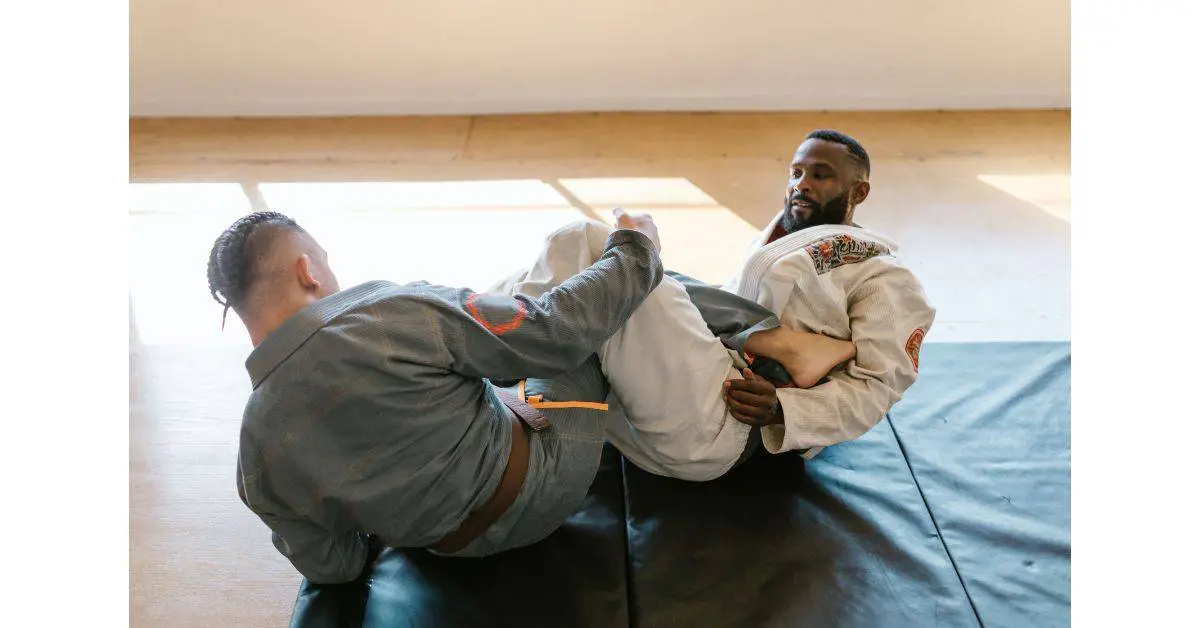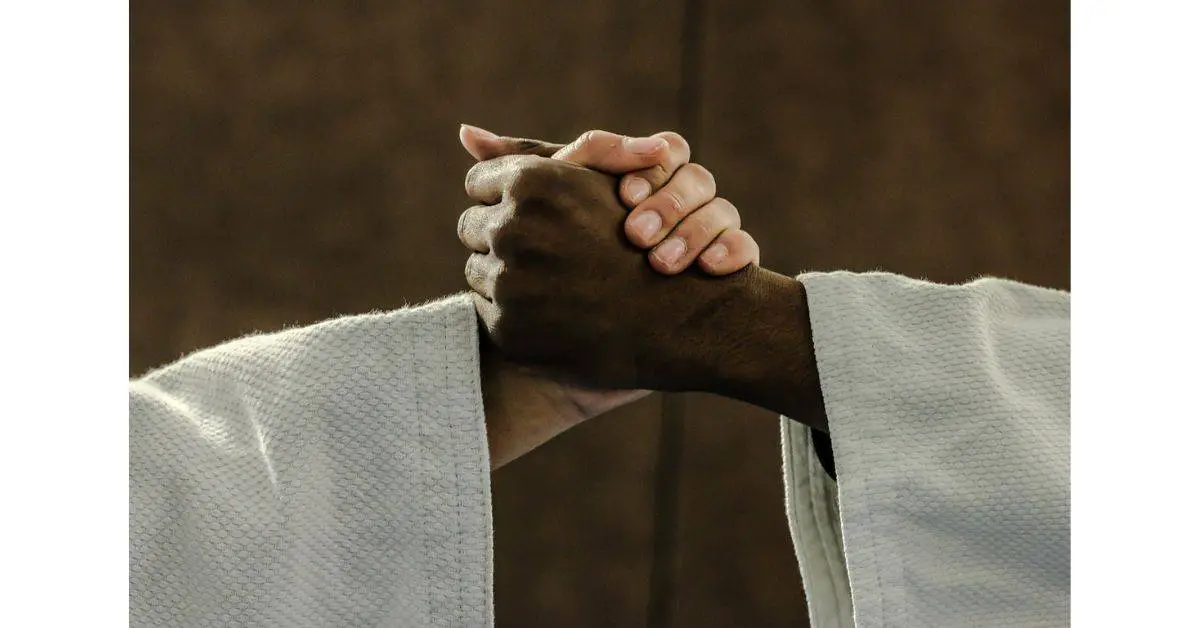Trainees often ask if they can combine Brazilian Jiu-Jitsu and Judo training because they are complementary. Although there are small but noticeable distinctions between the two sports, they are similar.
BJJ and Judo complement each other because Judo and BJJ share the same ancestors. The two arts entwine with one another, and is why Judo and BJJ appear similar and have many comparable techniques. Techniques such as joint locks, chokeholds, takedowns, and throws—are similar.
Judo emphasizes throwing techniques, whereas BJJ emphasizes submission and foundation, which creates a significant difference.
Judo’s strategy relies on the throwing part of, making a successful throw that declares you the winner. It gives you a tight grip on your opponent, allowing you to floor them with a trip or a throw and throw them off balance.
The individual with the greater control and grip wins. One thing to remember is that ground fighting is not a primary focus of Judo.
The BJJ tactic, meanwhile, is more grounded-oriented. Your primary focus will be on submissions and ground moves because 90% of BJJ battles occur on the ground or end there.
Before diving in, if you want to save money by training BJJ at home, ensure you follow the link to an article of mine on the topic.
What is Judo?
Judo, which in Japanese means “gentle way.” Jigoro Kano created it as a Japanese martial art in 1882. It developed from the techniques of old Jiu-Jitsu. It is the second-most popular sport in the world after soccer, and the martial art practiced most. Combat sports foster the development of self-discipline. It works on respect for both oneself and others.
Judo is a beautiful and dynamic fighting sport that requires physical and mental strength. It includes techniques that let you lift and throw your opponents onto their backs while standing. On the ground, it is pinning your opponent, dominating them, and using chokeholds or joint locks until they submit.
The samurai led Japan, a class of professional warriors, from the twelfth to the seventeenth centuries. Numerous martial arts were able to evolve in this ideal environment. In addition to using swords, bows, and arrows, the samurai developed jujitsu to fight enemies up close on the battlefield. Jujitsu expanded into several other schools, and hand-to-hand combat training gained popularity among the military.
In 1882, a Japanese school teacher named Jigoro Kano created Judo. The activity developed into its martial art from a wrestling and Jiu-Jitsu hybrid.
Jigoro Kano devoted his life to Judo’s development and spread it over the globe. In 1964 Jigoro included Judo in the Olympic Games thanks to his efforts as a member of the International Olympic Committee (IOC) to make the sport a global phenomenon.
What is BJJ?
Some Jiu-Jitsu teachers went from Japan to other continents in the late nineteenth century, teaching martial arts and competing in bouts. One such master was Mitsuyo Maeda. In 1915, Maeda arrived in Brazil and settled in Belém do Para, where he met Gastao Gracie. Gastao, the father of eight children (five boys and three girls), became a Jiu-Jitsu fan and brought his oldest son, Carlos, to train from the Japanese instructor.
Brazilian Jiu-Jitsu (BJJ) is a grappling-based martial art with the fundamental premise of dominating an opponent in such a way that he submits. Because control is easier on the ground than in a standing posture, the BJJ technique revolves around taking an opponent down to the ground and wrestling for dominant control positions.

The sport’s central theme is to control and conquer more size, strength, and hostility with less size and strength. You accomplish this by applying better leverage, grip, and posture to your opponent. Students of the sport obtain a thorough awareness of the human body’s workings and limitations.
Jiu-Jitsu became a technique of personal development for a naturally fragile fifteen-year-old Carlos Gracie rather than just fighting. He relocated to Rio de Janeiro with his family when he was nineteen and began teaching and fighting.
During his travels, Carlos would offer seminars and demonstrate the effectiveness of the art by defeating physically stronger opponents. He returned to Rio in 1925 and established the first school, the “Academia Gracie de Jiu-Jitsu.”
Jiu-Jitsu teaches that a smaller, weaker individual can successfully defend against a bigger, stronger adversary by employing leverage and appropriate technique.
Follow the link to learn more about Brazilian Jiu-Jitsu.
Does Judo work well with BJJ?
BJJ evolved from Judo, and they are incredibly similar martial arts as Judo developed from the Japanese martial art Jujitsu, but does Judo work well with BJJ? Can they be trained together?
Judo can work well with BJJ; since you can use all the skills you learn in Judo in BJJ, they can be trained together and complement one another nicely. Judo and BJJ share a common martial arts origin, although Judo emphasizes takedowns, whereas BJJ focuses more on the ground game and has completely different regulations.

BJJ and Judo are grappling disciplines that do not harm or obstruct one another. You can employ all of your Judo techniques in BJJ, but the reverse is not true because, since 2010, the internal Judo federation has outlawed all leg locks.
Knowing the differences between BJJ and Judo—is crucial if you want to learn either. As such, consider following the link to read an article of mine on the topic.
How similar are Judo and BJJ?
Judo and BJJ use nearly all of each other’s techniques. Almost 99% of their methods are observed and used in both arts. BJJ is a direct descendant of Judo because Mitsuyo Maeda, a well-known Kodokan Judoka, did not get any Koryu Jujitsu (traditional Japanese Jiu-Jitsu) training.
BJJ and Judo are similar art forms with similar grappling techniques. They differ in emphasis: BJJ places greater emphasis on ground fighting— Ne-Waza, whereas Judo places more emphasis on Tachi-Waza (standup throwing techniques). Note that Yasuhiro Yamashita, one of the greatest Judoka of all time, won most of his fights in Ne-Waza, on the ground, which is a BJJ technique.
Here’s how similar Judo and BJJ are:
Training both the body and the mind
Judo and BJJ are practical approaches to using both physical and spiritual strength. They hone your body and soul by training you in attacks and defenses. They help you make the spiritual essence of martial art a part of your existence.

Excellent for self-defense
Both have advantages in self-defense. Two things to remember: almost all fights begin standing up, and almost all fights end with one or both parties on the ground.
BJJ boosts your odds of finishing/submitting your opponent once you’ve gone to the ground, while Judo increases your ability to bring your opponent to the ground.
Builds self-confidence
Judo and BJJ are both competitive sports. They’re safe for all genders, and you get a support community. You learn grappling techniques and build self-confidence. The self-confidence of students of both martial art grows as practitioners.
It is well-known that students who practice martial arts for a longer time, particularly Judo and BJJ, are more self-assured and perform better academically.
They are less inclined to be bullies or to bully others. They are less likely to use drugs, drink, or join gangs.
Final words
Ultimately, both art forms are worthwhile pursuits. They also complement each other well. Judo and BJJ have a lot of traits due to their shared ancestry.
Understanding the contrasts between the two arts is essential, especially for using cross-training possibilities.
You should give them each a try so that you may create your own judgment and gain the advantages of both excellent martial arts.
If you enjoyed reading this article, I encourage you to read another article of mine on the deadliest martial arts from around the world. Reading it will help you understand the martial arts world better, and thus, choose one that’s more suitable to your desires.

